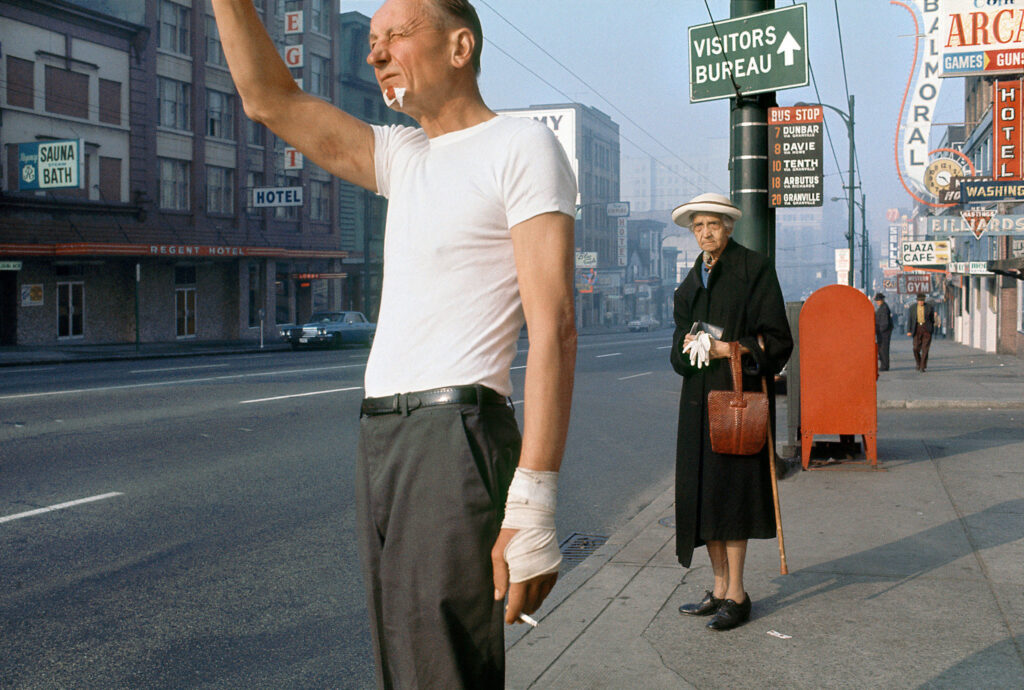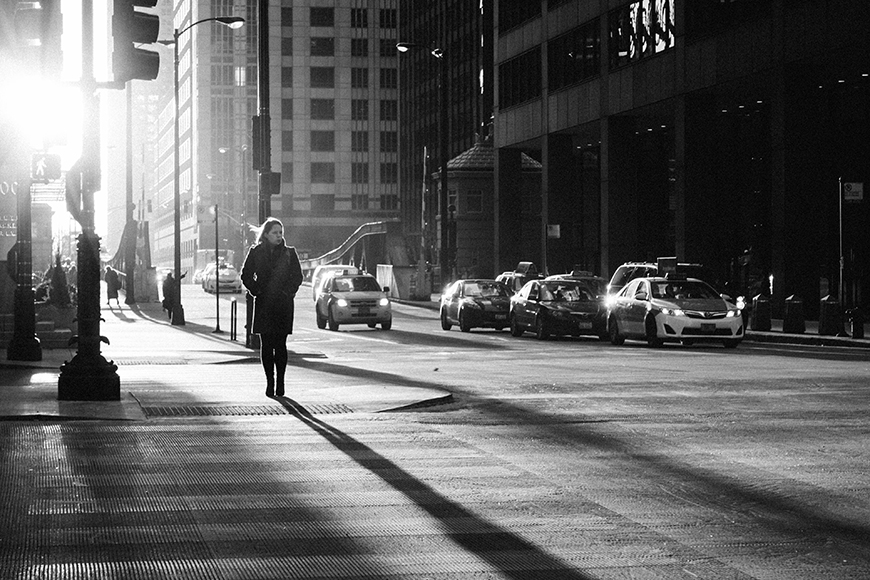A Biased View of Street Photographers
A Biased View of Street Photographers
Blog Article
The 3-Minute Rule for Street Photographers
Table of ContentsStreet Photographers - The FactsSome Known Factual Statements About Street Photographers The Ultimate Guide To Street PhotographersStreet Photographers for BeginnersSome Of Street Photographers
Road photographers do not always have a social function in mind, yet they prefer to isolate and catch moments which could otherwise go unnoticed.Though he was influenced by a lot of those who influenced the street photographers of the 1950s and '60s, he was not chiefly thinking about recording the spirit of the road. The impulse to aesthetically record individuals in public began with 19th-century painters such as Edgar Degas, douard Manet, and Henri de Toulouse-Lautrec, that worked side by side with photographers attempting to record the significance of metropolitan life.

Offered the great top quality of his photos and the breadth of material, architects and artists usually acquired Atget's prints to use as recommendation for their own work, though industrial passions were rarely his primary inspiration. Instead, he was driven to photograph every last remnant of the Paris he loved. The mingled interest and seriousness of his objective luster through, leading to pictures that narrate his very own experience of the city, top qualities that expected road digital photography of the 20th century.
See This Report about Street Photographers
They disclose the city with his eyes. His work and essential understanding of photography as an art kind offered as motivation to generations of digital photographers that followed. The future generation of street photographers, though they likely did not describe themselves because of this, was introduced by the photojournalism of Hungarian-born photographer Andr Kertsz.
Unlike his peers, Brassa utilized a larger-format Voigtlnder camera with a longer direct exposure time, compeling him to be much more computed and thoughtful in his method than he may have been if utilizing a Leica. (It is believed that he might not check my reference have had the ability to manage a Leica back then, but he did, nonetheless, utilize one in the late 1950s to take colour photos.) Brassa's photographs of the Paris abyss illuminated by synthetic light were a revelation, and the collection of the collection that he published, (1933 ), was a significant success.
Cartier-Bresson was a champ of the Leica video camera and among the first photographers to optimize its capacities. The Leica permitted the photographer to communicate with the environments and to capture moments as they occurred - Street Photographers. Its relatively tiny size also aided the professional photographer fade right into the background, which was Cartier-Bresson's preferred method
Some Of Street Photographers
It is as a result of this basic understanding of the art of picture taking that he is commonly credited with discovering the tool all over again roughly a century given that its creation. He took photographs for greater than a half century and influenced generations of photographers to trust their eye and intuition in the minute.
These are the concerns I will attempt to respond to: And after that I'll leave you with my very own meaning of road photography. Yes, we do. Allow's kick off with specifying what a definition is: According to it is: "The act of defining, or of making something certain, distinctive, or clear".
No, absolutely not. The term is both restricting and misinforming. Seems like a road digital photography should be pictures of a streets ideal?! And all street digital photographers, with the exception of a tiny number of outright newbies, will totally appreciate that a street is not the vital component to street photography, and in fact if it's a photo of a street with maybe a few dull people doing nothing of passion, that's not street photography that's a snapshot of a road.
He makes a legitimate factor do not you believe? While I concur with him I'm not sure "honest public digital photography" will certainly capture visit this site on (although I do kind of like the term "honest photography") since "road digital photography" has been around for a long time, with lots of masters' names connected to it, so I believe the term is below to stay.
Some Known Details About Street Photographers
You can fire at the coastline, at a celebration, in an alley, in a park, in a piazza, in a cafe, at a gallery or art gallery, in a city station, at an occasion, on a bridge, under a bridge ...
Yes, I'm afraid we have no choice! Without policies we can not have a definition, and without a definition we do not have a style, and without a genre we do not have anything to define what we do, and so we are stuck in a "regulations interpretation style" loophole! - Street Photographers
An Unbiased View of Street Photographers

Report this page